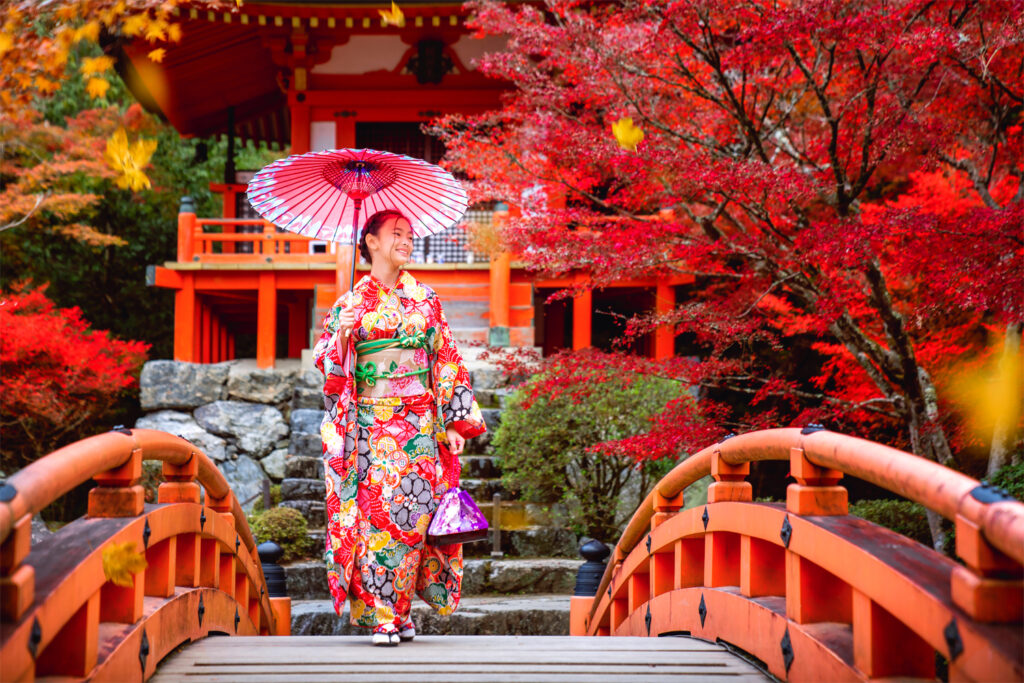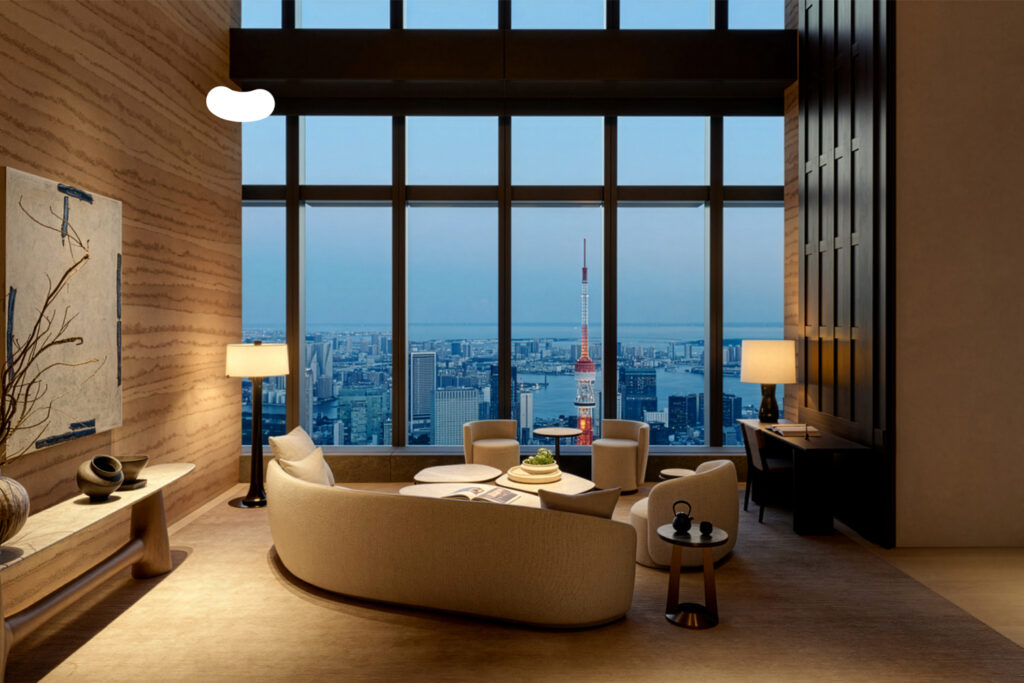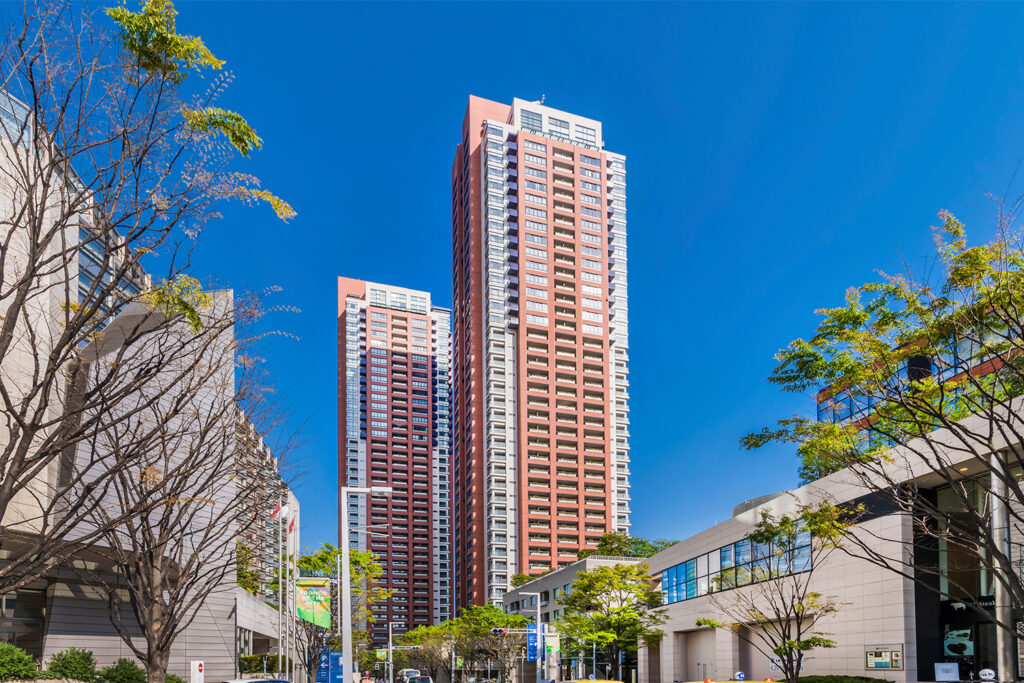
Damage refers to situations where something in the property will need to be replaced or fixed and does not refer to usual wear and tear. As some of the most common cases of light damage include: holes in the wall, cigarette stains and cigarette burns in the carpet. Coffee or wine stains in the carpet. Damage fees can be an unexpected fee in the moving out process for sellers and make sellers spend more money on the property than they would like to.
Wear and Tear
Wear and tear is a very broad statement but the key concept is the restoration to the original condition. The tenant is not responsible for the wear and tear resulted from normal use of the property and restoration to the original concept does not mean “restoring the property to brand new condition”.
Examples of what is usually counted as normal wear and tear as follows:
- Faded flooring and tatami mats due to sunlight exposure
- Small dents or bumps caused by the placement of furniture
- Scuffs on the walls left behind where a fridge or tv was placed
Examples of what is not usually counted as normal wear and tear as follows:
- Deep gashes, marks, or scratches caused by a falling object, pets, etc. that would require a floorboard or a wall panel to be replaced
- Scratches, stains, and marks caused by the tenants inability to clean up a spill or dropping an object
- Mold resulting from the tenant’s inability to properly clean and ventilate a room
- Water damage caused by the tenant allowing rain water to come inside the property, by the tenant’s inability to close a window
- Excessive grease accumulated in the kitchen due to the tenant’s inability to properly and regularly clean
Wall Damage
The typical wall coverings in Japanese properties are light colored cloth wallpaper which can be quite easily stained or torn. It is the tenant’s responsibility to keep these coverings clean and to avoid doing anything that may result in holes being made in the walls. Hanging pictures on the wall is certainly allowed if proper precautions are taken. That being said, do not use screws, nails, or even pins without brackets when hanging pictures on the walls. The use of pin-type hanging brackets is recommended as they leave only pinholes which are hardly noticeable. You can buy pin-type hanging brackets at just about any lifestyle or hardware store such as Tokyu Hands. In the case of heavier items, pin-type hanging brackets may still cause damage to walls so its recommended to consult with your agent if you are not sure. It is recommended to use picture hanging rails where ever they are provided.
Carpets
The carpets are the most expensive interior furnishing and should be taken care of to avoid any damage or staining. Try to avoid putting any plants on carpeted floors as the bottom may get moldy even if in a waterproof vase. If you have a plant on the floor you should move it frequently, especially in the summer. Try to avoid spilling and dropping items that could result in a stain or mark. If there is a spill, try to clean up as best as possible in order for the carpet not to permanently stain.
Moving Furniture
When moving in and carrying furniture, all pieces should be wrapped in blankets, or cardboard in order not to damage the walls or floors. This way you can avoid marks and scratches. If you do choose to use a moving company, your moving company will have to contact your building management in order to arrange for the move-in and follow any special conditions during the move. To prevent mold it is a good idea to keep the area directly behind the furniture ventilated by placing furniture at least 5 centimeters away from the walls.
Cleaning Appliances
Most expat properties will come with appliances such as fridges, washers, dryers, dishwashers, phones with phone lines, and air conditioners. The filters of some of these appliances should be regularly cleaned as follows:
- Range-hood: Every 2 weeks to once a month
- Air Conditioner: Every 2 weeks to once a month
- Washing Machine: Every 2 weeks to once a month
- Dryer: Filters should be cleaned at least after every 3 times being used.
Tatami Mat Care
- Regular Cleaning: Tatami mats require special care. Regularly clean them using a soft brush or vacuum to prevent dust accumulation.
- Sunlight Exposure: While some fading is normal wear and tear, excessive sunlight exposure can accelerate damage to tatami mats. Use curtains or blinds to control sunlight.
Sliding Doors (Fusuma)
- Gentle Handling: Japanese homes often feature sliding doors made of paper or delicate materials. Handle fusuma with care to avoid tears or damage.
- Cleaning Tips: Use a soft cloth for cleaning and avoid abrasive materials that may scratch the delicate surface.
Futon Maintenance
- Airing and Sunning: Regularly air out and sun futons to prevent mold and maintain freshness. Be cautious about spills and stains.
- Proper Folding: Learn the traditional Japanese method of folding futons to preserve their shape and longevity.
Wooden Floors (Tatami-Dai)
- Cleaning Techniques: Use appropriate cleaning agents for wooden floors. Avoid excessive water, as it can lead to warping and damage.
- Footwear Etiquette: Embrace the Japanese custom of removing shoes at the entrance to prevent scratches and damage to wooden floors.
Shoji Screen Maintenance
- Gentle Cleaning: Shoji screens, another traditional element, require gentle cleaning. Use a soft brush or cloth to remove dust.
- Paper Replacement: If the paper becomes damaged, contact the landlord or management to arrange for professional replacement.
Engawa (Veranda) Care
- Preventing Water Damage: Regularly check the engawa for any water accumulation, especially after rain. Promptly address any leaks to prevent water damage.
- Plants and Decor: Be mindful of placing plants or heavy decorations on the engawa, as they can cause wear and tear over time.
Japanese Bathroom Etiquette
- Proper Ventilation: Ensure proper ventilation in the bathroom to prevent mold and damage. Use exhaust fans or open windows when showering.
- Avoid Water Spillage: Japanese bathrooms often have a separate area for bathing. Be cautious about water spillage, as it can lead to damage if not promptly addressed.
What Next?
Discover the epitome of property management excellence at Housing Japan, where our specialization lies in the seamless handling of residential luxury real estate. Whether you’re a local resident or seeking a second home or temporary residence for business trips, our comprehensive one-stop service covers buying, selling, and expert management. From targeted tenant marketing and streamlined rent collection to proactive property maintenance and transparent tax/financial reporting with virtual accounts, our services ensure your peace of mind. With multilingual agents and a 24/7 call center, we provide unparalleled support in Japan, making us your top choice for a well-supported property management service. Choose Housing Japan for a stress-free experience, knowing that your investment is in expert hands, thriving under our dedicated care.
Contact Us
Housing Japan
7F BPR Place Kamiyacho, 1-11-9 Azabudai, Minato-ku, Tokyo, Japan 106-0041












